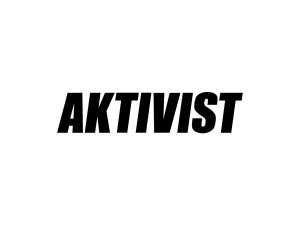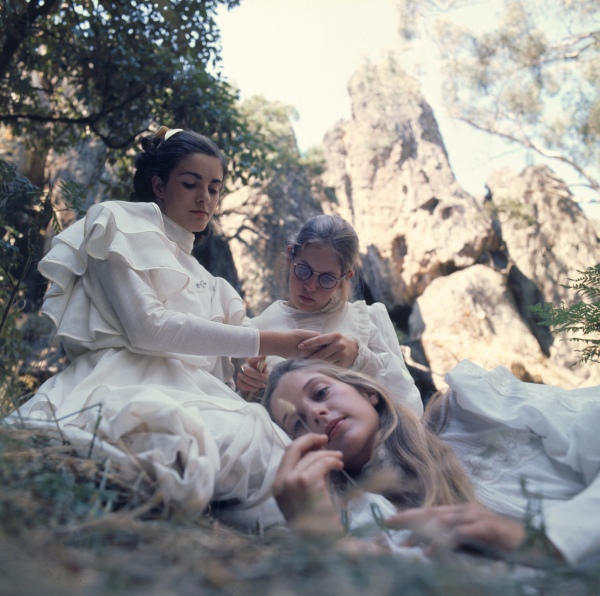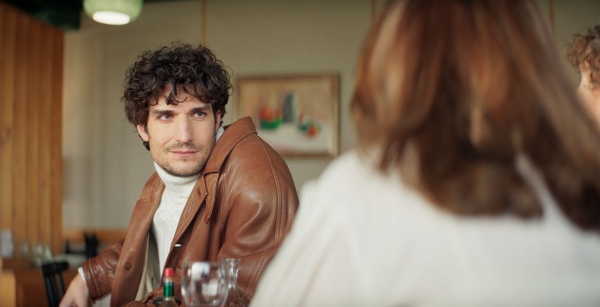Daria Malicka
Unheimlich
For her exhibition in the {Bank Pekao Project Room}, Daria Malicka uses a full arsenal of tools for creating an atmosphere of dread. A broken neon which keeps flickering, a deformed shadow of a human being cast on a wall, dimmed lights, fragments of broken dolls – all these are proven film tricks which have been used for years by directors from the German expressionists and Hitchcock to contemporary makers of low-budget horror films. What is it about these motifs that arouses anxiety? The German psychiatrist Ernst Jentsch, and later Sigimund Freud himself, explained this phenomenon by using the notion of uncanniness (unheilmich), a factor possessing both foreign, incomprehensible elements and familiar, recognizable ones, a combination of which provokes cognitive dissonance and fear.
In the ‘70s, the robotics professor Masahiro Mori established what determines this fear. It turned out that in the case of anthropomorphic machines, the more similar they are to humans, the more trust they inspire. This rule, however, only applies as long as the appearance of the machine differs from humans in no more than details like a merely noticeable eyelid movement, a mistake in facial expression or slight differences in the way they move. After this threshold is crossed, the machine only provokes fear and disgust.
Malicka takes liberally from the historical experience, and yet she employs, by all means, modern technology. She uses a 3D printer to produce the elements of an unsettling micro-scenography which in no way could be assembled to constitute a whole; she manufactures strongly stylized scenes from fictional movies in graphics editors; and at the end, finally, she builds a neon which translates itself. Unheimlich remains unrecognized; it may only be winking meaningfully though nervously.
“References to cinematography and drawing from its imaginarium are unjustified, as you have to consider what a ‘haunted’ medium the films are. Like photography, they enable people and things to ‘appear’ in a different context, in a different scale, and in a different costume,” says the artist.













